Find Any Kiosk Machine You Need And Contact Lean Kiosk Now
All Products
Select Any Product
- Request A Quote Now

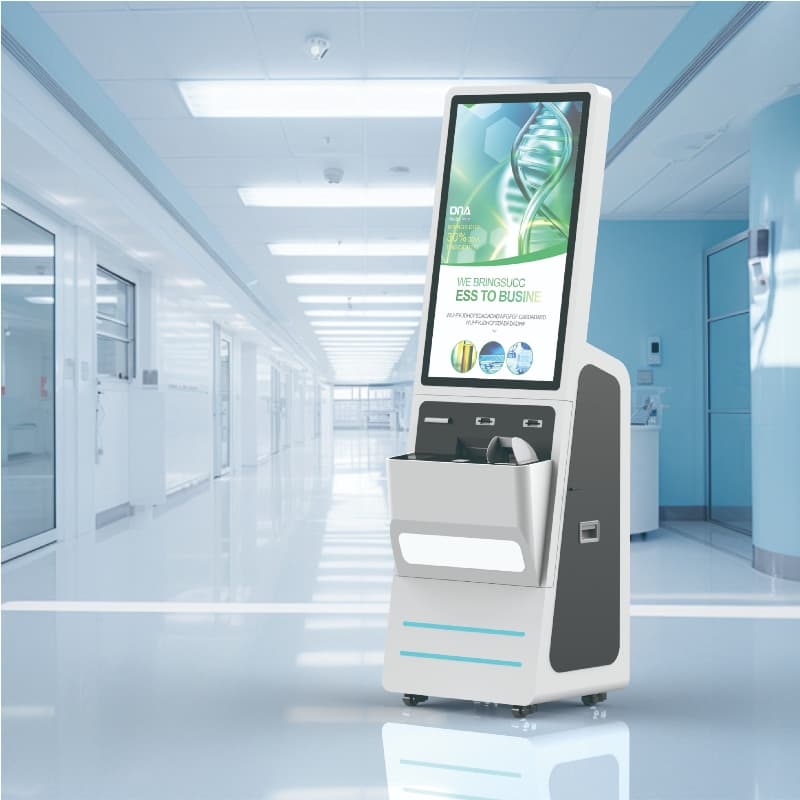
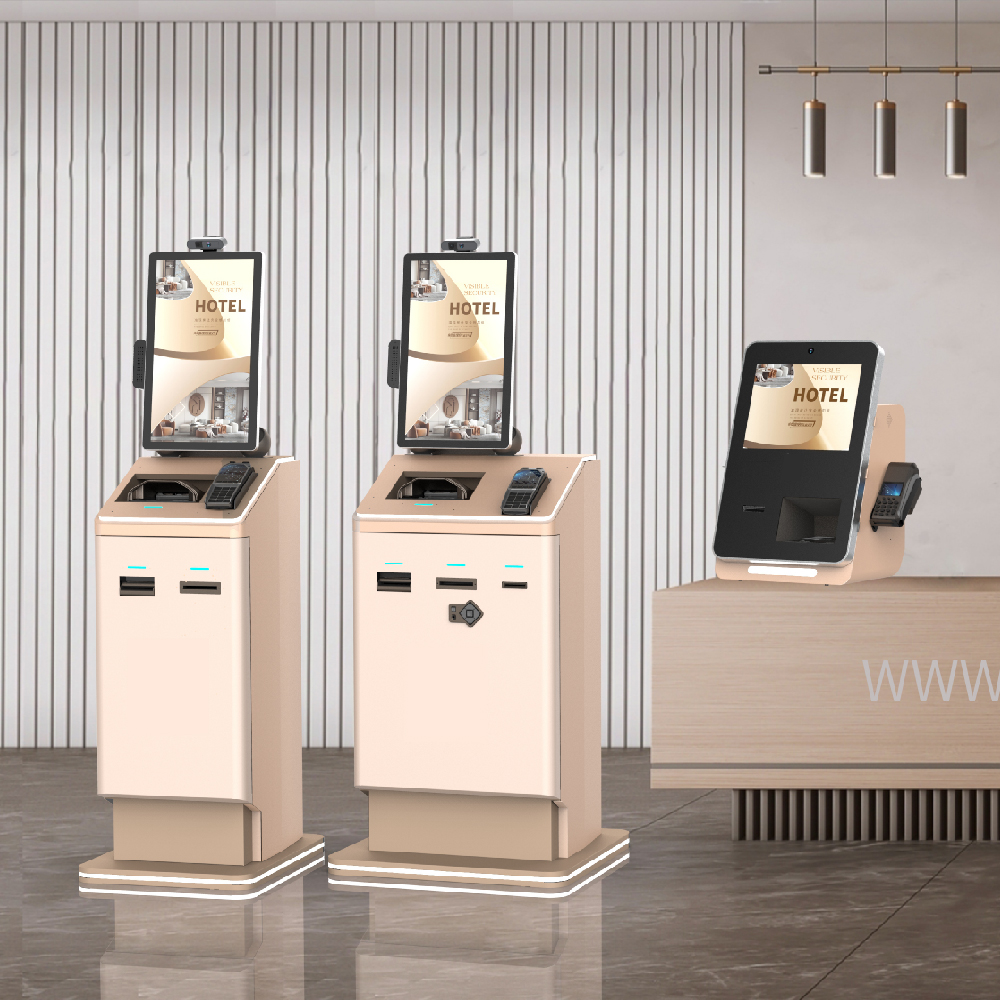

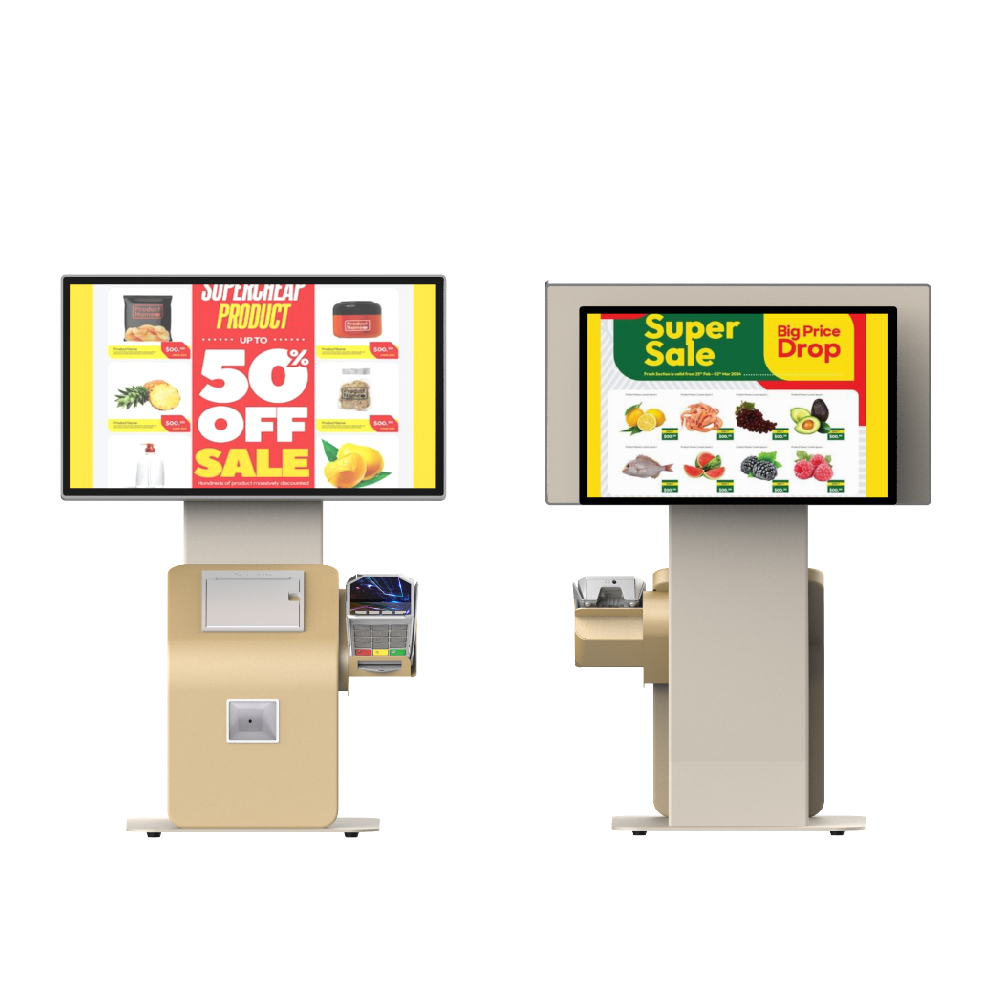
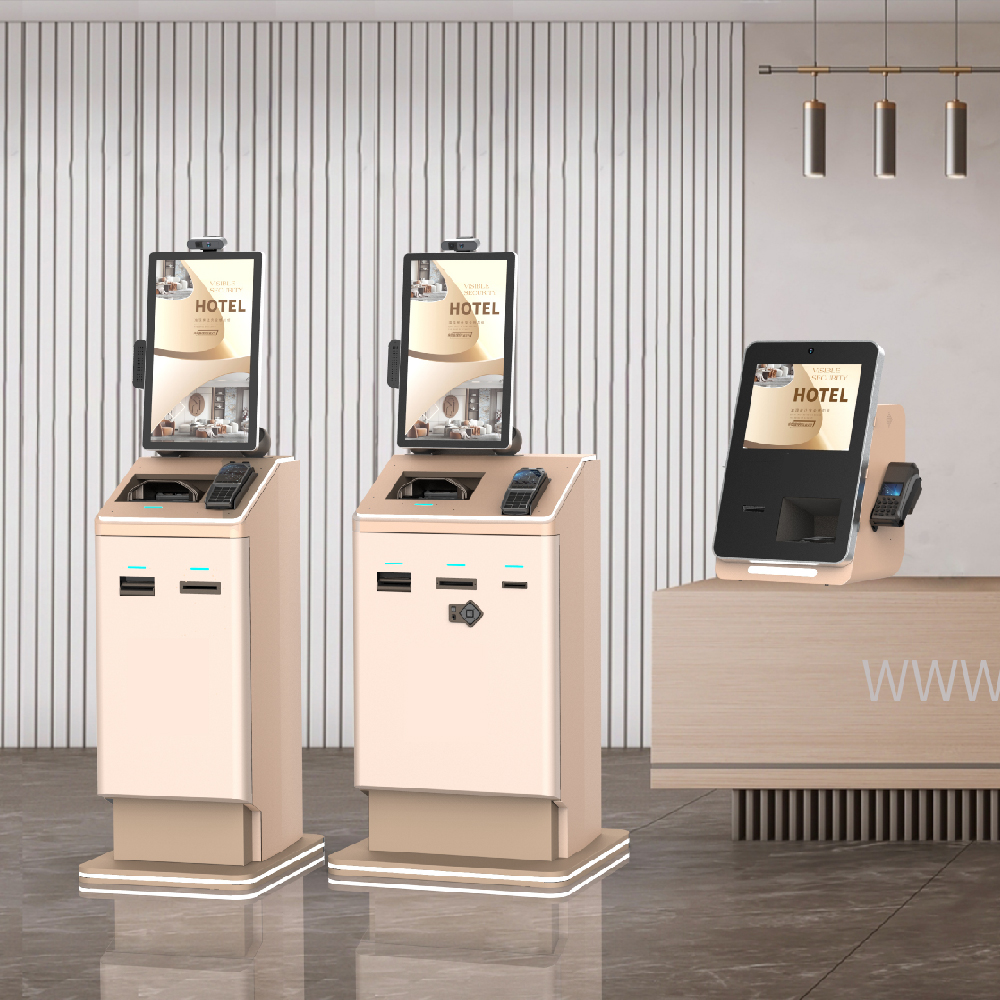

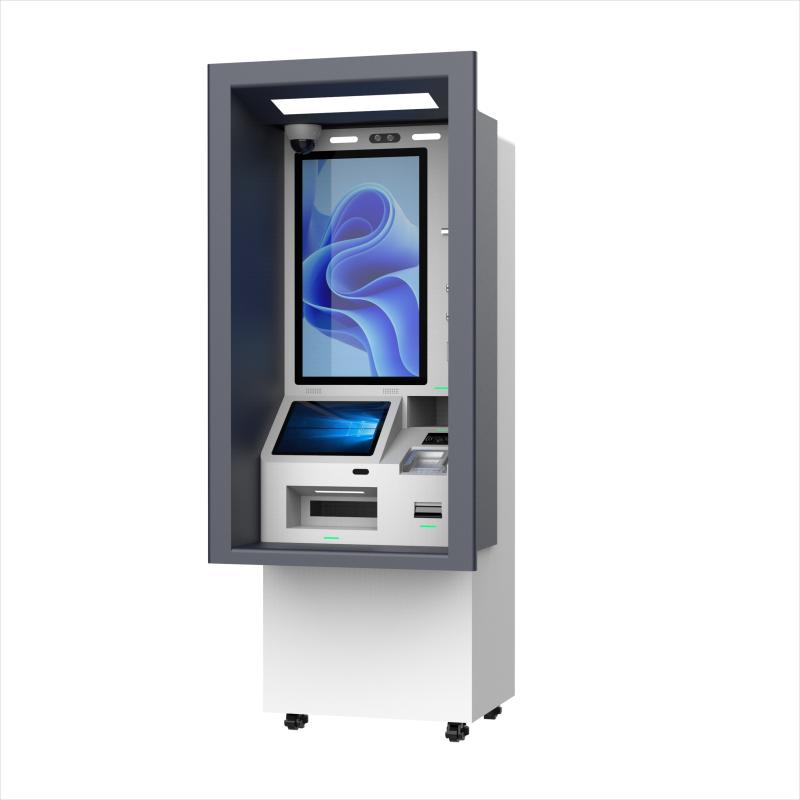
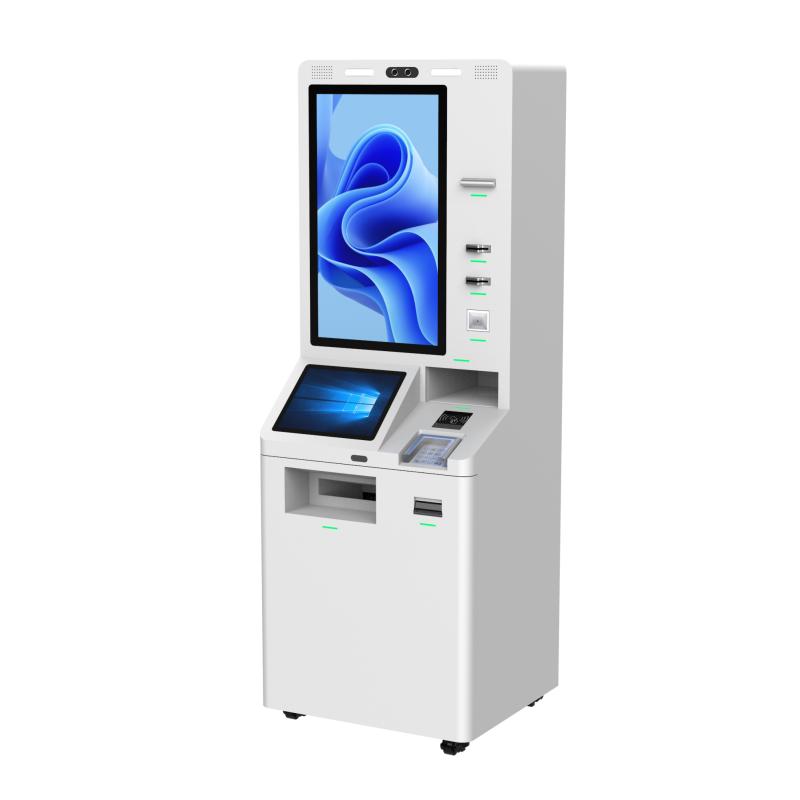
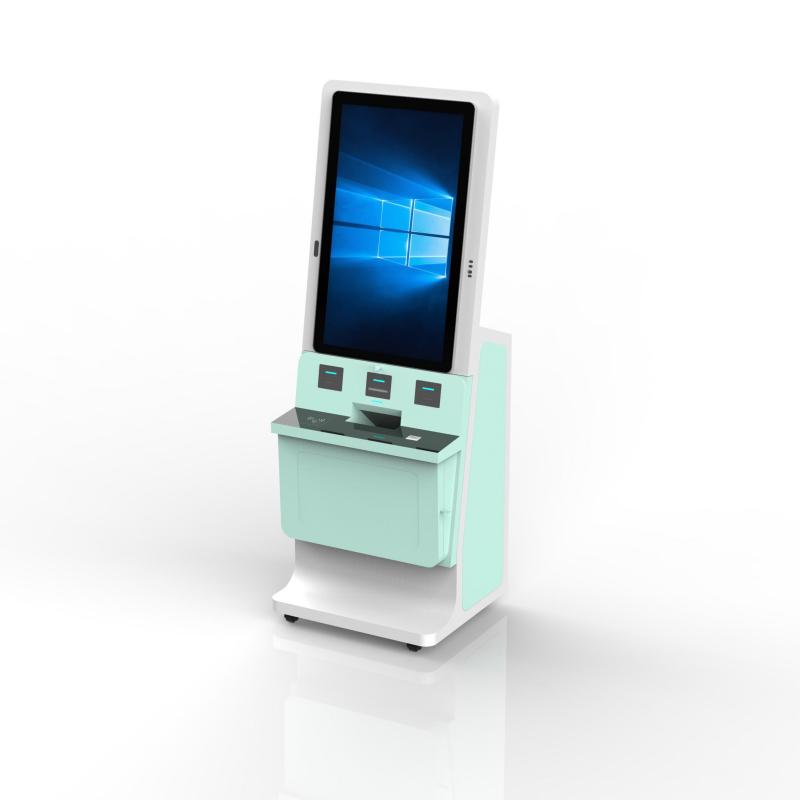
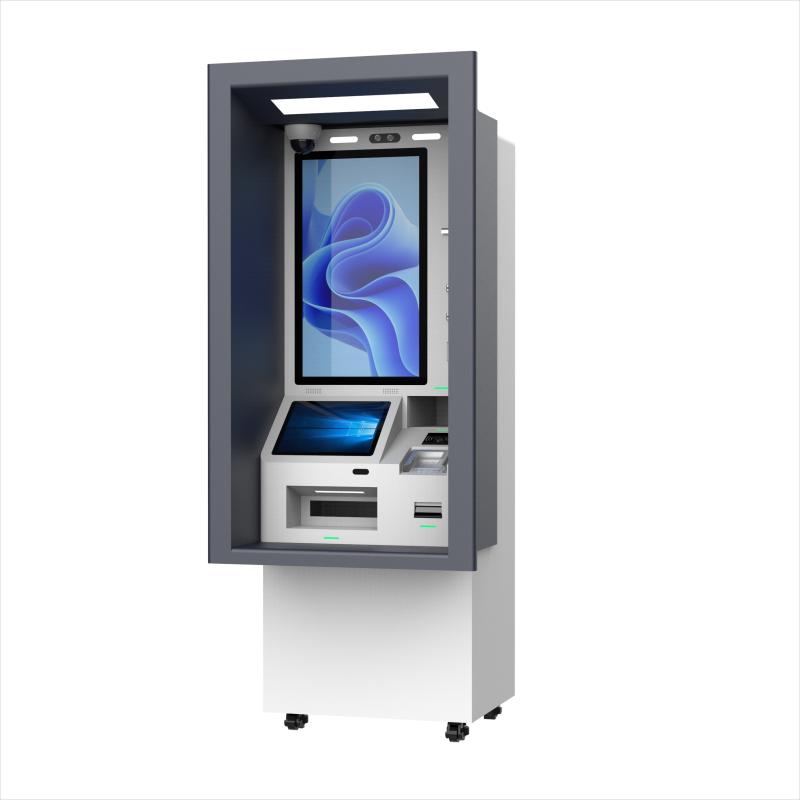
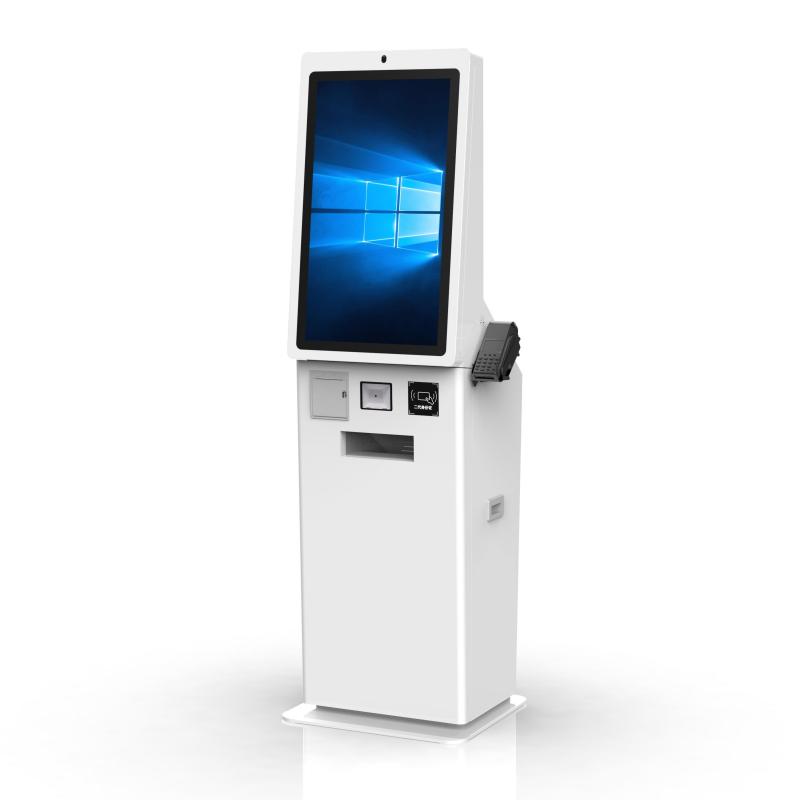
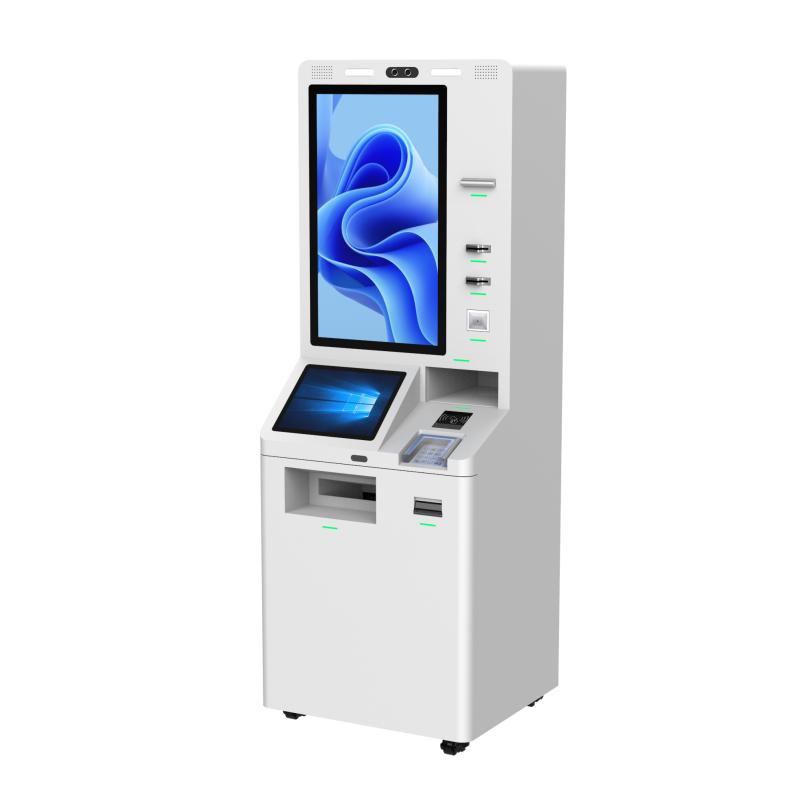
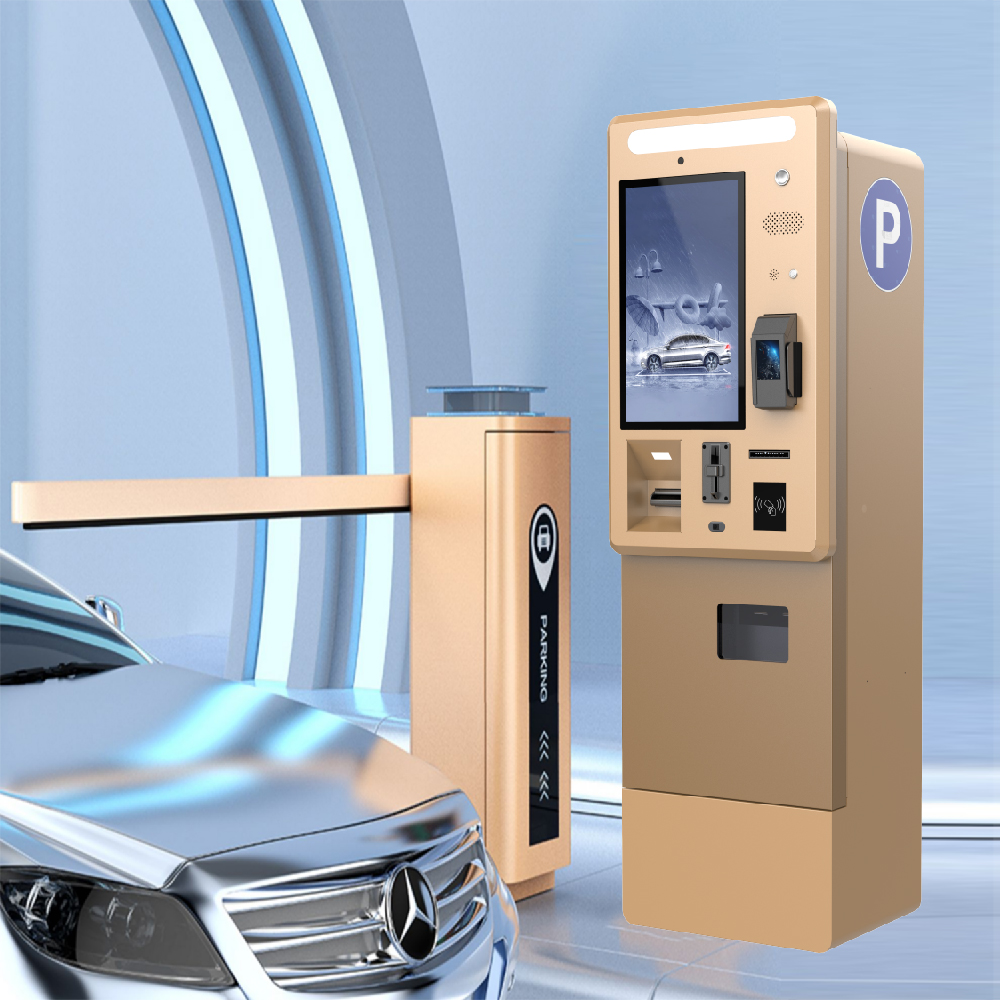
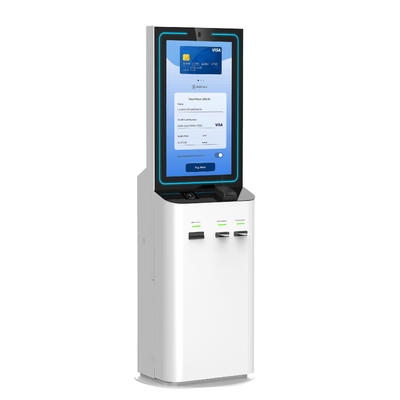
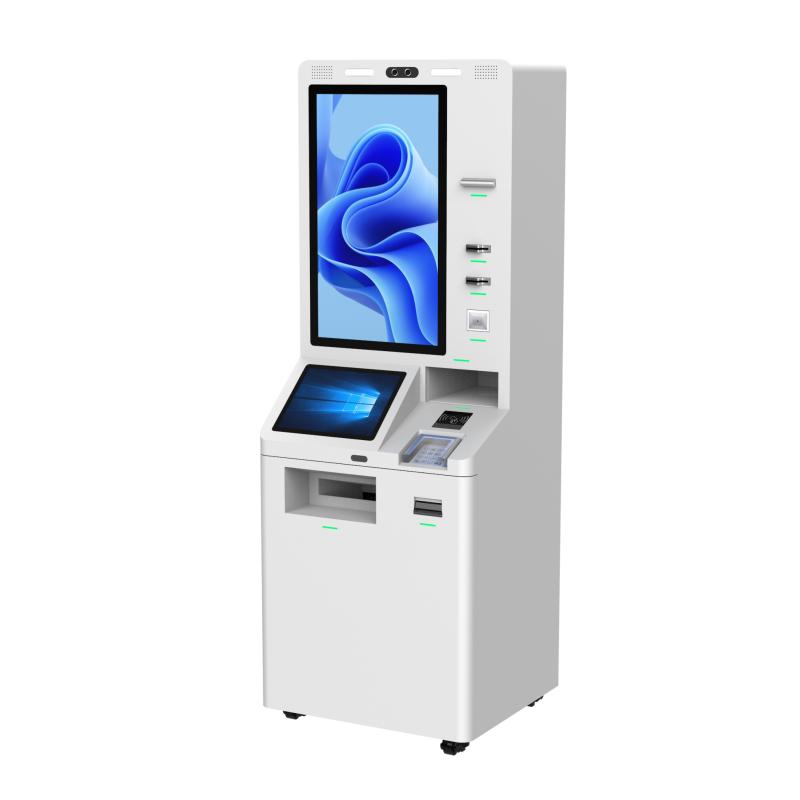
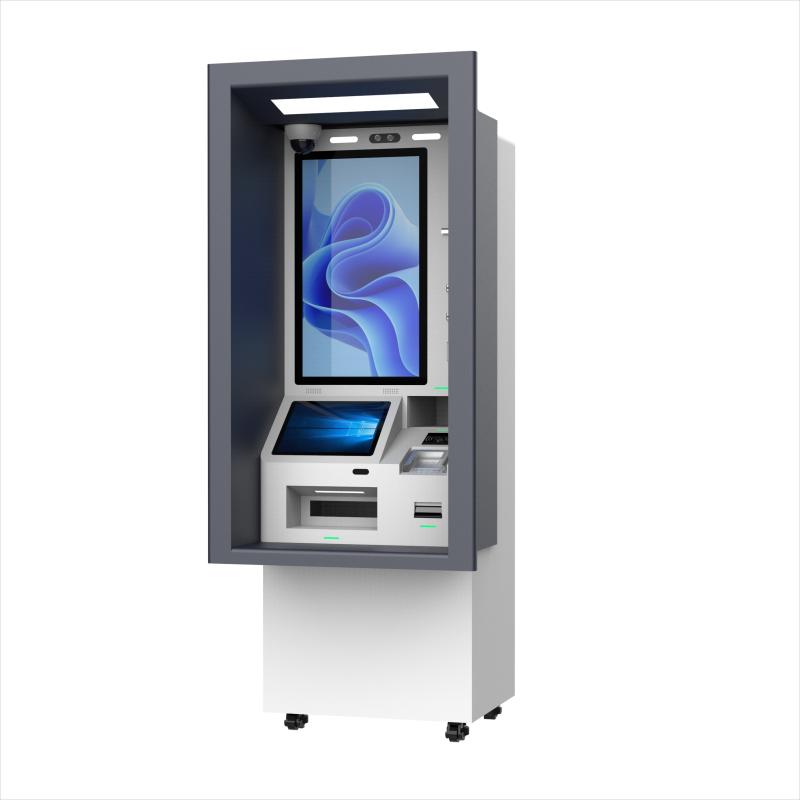
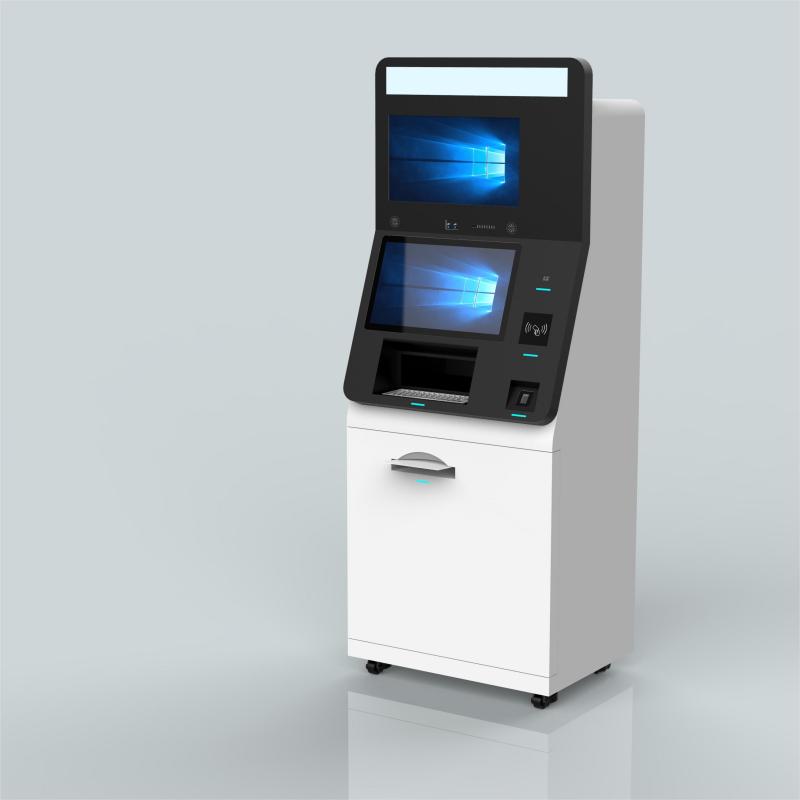
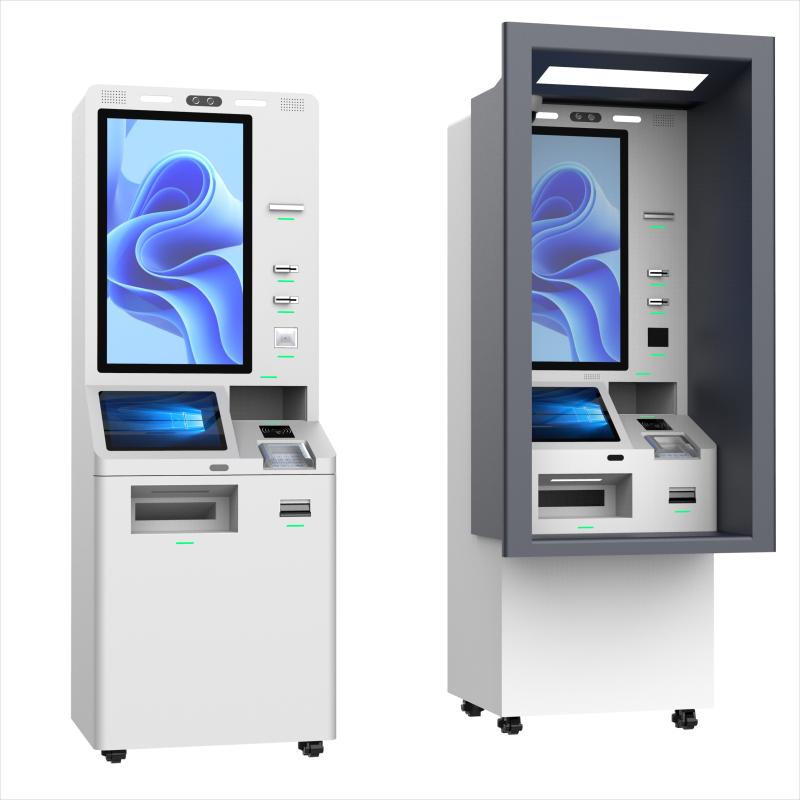

What did our happy clients say?
Very satisfied! The self-service payment kiosk is easy to use, performs reliably, and significantly boosts our efficiency. The support service is also excellent. Highly recommended!
After purchasing this payment kiosk, our processes have become much smoother, and customer feedback is very positive. Technical support is timely—extremely satisfied!
The kiosk payment is of excellent quality, easy to install, and the payment speed is impressive. The after-sales service is professional and thorough. Very happy with the purchase!
The payment kiosk is highly efficient with smooth operation and great customer experience. The manufacturer’s service is attentive, making the overall experience very satisfying!